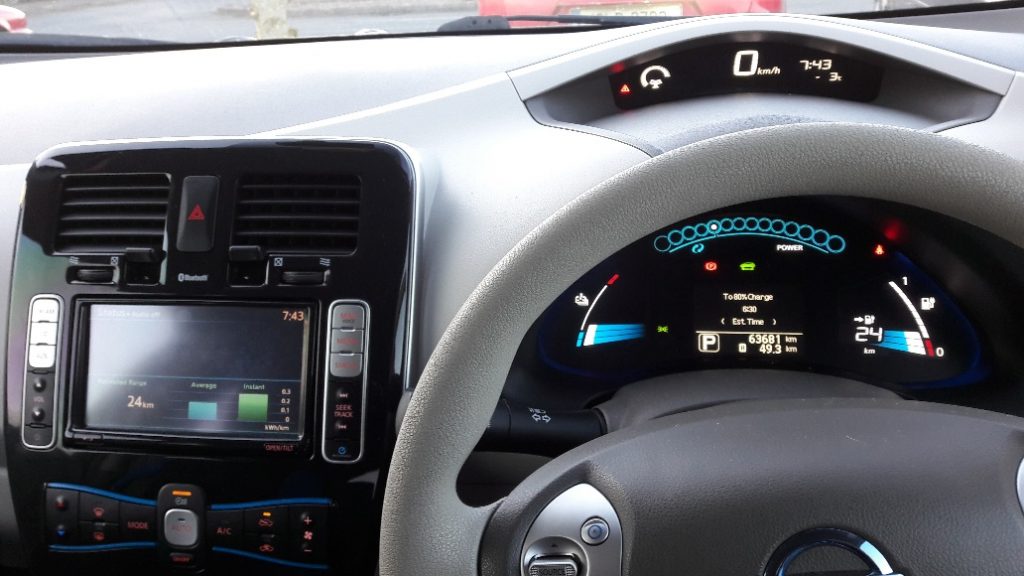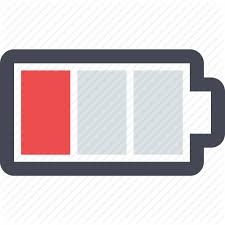We had been nursing a very old car along for 15 years until it recently expired with a whimper. My most recent “fix” was to drill holes in the floor to let out the water that it had been accumulating, so its days of useful service were numbered.
To be honest the car was already 8 years old when we bought it making it one of the oldest things I’ve seen on the road at 23 years of age when it finally had enough. They just don’t make them like they used to..this thing had never had its clutch changed or touched in any way and after 23 years of service, the clutch finally wore out.
Our 1995 Micra was dead – or at least a clutch replacement didn’t seem worth the cost to us.
Moving on, we figured we would at least give some thought as to how we might manage on a single car. But with three young school going kids and living in the country this proved to be very difficult. In the end, it was simply too difficult for us to manage all the demands and we decided that our best option was to limit the harm we would do with our next vehicle over its life – the obvious answer here is an electric car (or EV – Electric Vehicle).
We looked for and found a 2013 electric Nissan Leaf and decided that was the way to go.
For a second car we didn’t want to splash out, firmly believing that cars are about function rather than looks. More of an unfortunately necessary waste of money and a highly depreciating asset as well, than a pleasurable investment.
Browsing the relevant websites brought back those familiar feelings of how much the car dealers profit from used car sales and how private sales offer good value if you can evaluate the car to your satisfaction.
The interesting thing about purchasing a used EV from a private seller is that relative to combustion engine cars, these cars have very little that can go wrong. The state of the battery is the obvious main concern, but really they are a considerably lower risk purchase to make than a standard car with so much unseen mechanics that can go wrong. How would you ever know if a clutch was about to go? Does it burn oil? Are the engine gaskets in good shape? Did the timing belt really get changed?
Not on an EV – it doesn’t have such hidden liabilities.
The EV will display its travel range to you and although apparently, it may be possible to tamper with this, there is a nice cheap app that you can use, along with an OBDII code reader to query the car and see the true battery lifetime (in AmpHrs) remaining. So you can know exactly what you are buying, and decide if you can live with that range.
In truth, there seems to be excellent value to be had now in second hand EVs due to the fear associated with used batteries.
Yes, the batteries, of course, will degrade over time and usage and the range consequently drops off. But if you need more than 90 or 100kms daily range then one of these is not for you anyway. But with national daily average mileage at about 27 to 30 miles, then these used EVs can suit many people’s driving habits. But thankfully for us, the uncertainty in buyers minds and the aversion to having to manage your range closely means that second-hand EV prices represent great value.
So we bought it – €7300 euros for a 131 car with 60k km on the clock and 11 of 12 bars range showing.
This particular model had some of the improvements that Nissan made on the original 2011 Leaf design, but still some of the drawbacks. It had the lower capacity 24Kwh battery pack and it also still had a resistive heater which consumes significant power from the battery during cold weather, unlike the newer models which use a heat pump. Considering this and the fact that it had 11 of 12 bars battery capacity remaining we were delighted to spend that to get a nearly new car.
My introduction to driving an electric car, however, was not pleasant.
I bought the car in North County Dublin and planned my drive back to Cork. A few things I learned the hard way:
Dublin has many fast charge points which include the charging cable. When you buy a car that only has a “granny cable” – that is one that plugs into a regular household socket for slow charging – then you are S.O.L. when you pull into one of the many charge pints that require you to have the custom cable/connector. Picture my smile fading as I found my first charge point well outside Dublin with 15 km range left only to realise it didn’t have any connector. Nor did I.
After the new understanding of how this worked settled in and the panic subsided, I realised I had enough in “the tank” to barely make it to the next charge point which did include a connector. I began to realise that my charge point options were now very limited without a cable.
To be fair the infrastructure in Ireland is good, and once you understand the different types of charge points and carry the right cable, getting around over long distances is easy although time-consuming when you factor in the charging time.
On that trip, however, I also learned that a very cold and windy day will significantly impact your range due to wind resistance and if you decide to run the heater to warm yourself. I watched in horror after charging up to the max as the kilometre range value predicted by the car started dropping as I drove along, dropping a lot faster than the kilometres I was covering on the ground.
And so at the height of my misery on that cold Friday night in February, as I huddled in the freezing car at 11:30 pm in a deserted garage forecourt waiting for the nice Nissan breakdown recovery people to find me, with only 10km range left but no charger-point within range – these simple points were becoming well understood:
• Don’t drive so fast on the motorway!
An EV is best driven conservatively on the open road, that is to say, 95 to 100km/hr will deplete your battery a lot faster than 85km/hr.
• Turn off the heater until you really need it!
• Use “economy mode” driving for longer journeys to maximise your range
• Pay attention to the charge point information and which kind of charger you are aiming to stop at, they are not all the same.
I’m sure this information is pathetically obvious to experienced EV drivers as it is to us now having learnt the hard way. But when you are caught up in the buying frenzy, don’t forget to realise that driving an EV is a very different experience to the heedless driving we are all accustomed to in gas guzzling cars with fuel stations everywhere.
 You may have heard the EV related phrase known as – “range anxiety” which newbies experience as they learn to manage their electric car’s needs. It’s real!
You may have heard the EV related phrase known as – “range anxiety” which newbies experience as they learn to manage their electric car’s needs. It’s real!
But it’s treatable with some experience and practice.
I was traumatised by my first long journey experience in a car that should not have been used to cross half the country on a freezing, windy Friday night with no suitable charge cable and a steep learning curve ahead for its new owner.
But now that we understand the range limits and use the car accordingly, we love our electric car and highly recommend them. It recently made the trip to Dingle, covering 135kms with a top up in the middle.
Making that journey was like getting back up on that bike that gave you your first bad fall. That trip repaired the trust and now we’re on the best of terms with our trusty EV. Second hand, the Nissan Leaf is a good value option for households that prefer to own a second car. We highly recommend you consider one if you are in the market for a new car.


